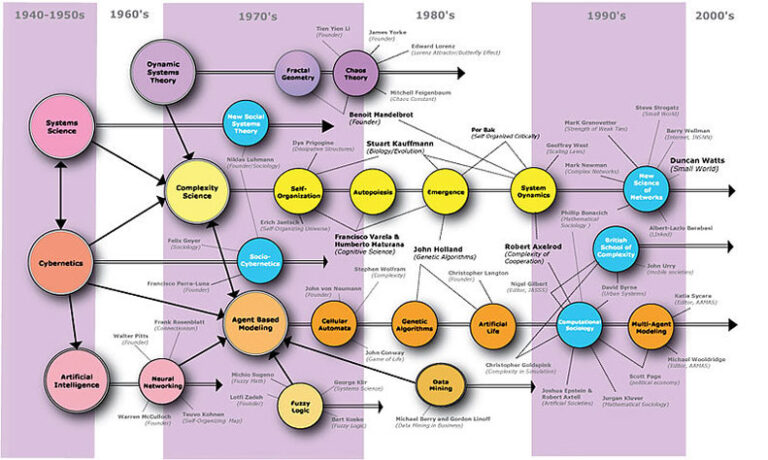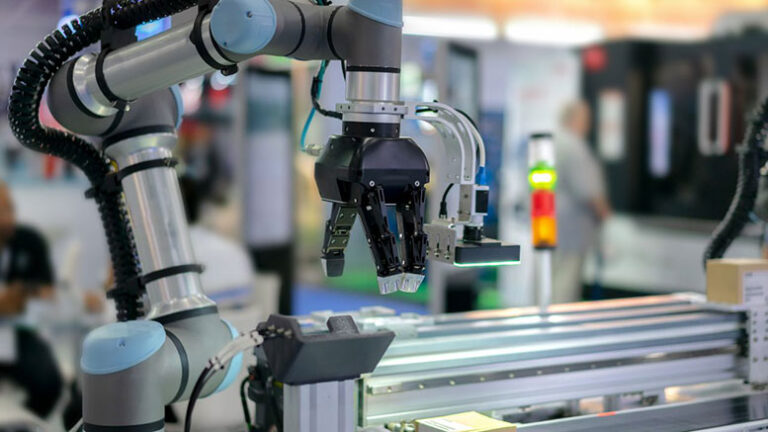Convolutional Neural Network (CNN)
Convolutional Neural Networks (CNNs) have revolutionized the field of computer vision and image recognition. These deep learning models have been instrumental in driving advancements in areas such as object recognition, image classification, facial recognition, and more.
What is Convolutional Neural Network (CNN)?
CNNs are a type of deep neural network that is specifically designed for processing visual data such as images and videos. The key components of a CNN include convolutional layers, pooling layers, and fully connected layers. These layers work together to extract features from the input image and make predictions based on those features.
Convolutional layers are the core building blocks of CNNs. These layers apply a set of filters to the input image, which helps in extracting features such as edges, textures, and patterns. The filters are learned during the training process, and they are applied across the entire image using a process called convolution.
Pooling layers are used to downsample the feature maps generated by the convolutional layers. This helps in reducing the spatial dimensions of the feature maps while retaining the most important information. Common pooling techniques include max pooling and average pooling.
Fully connected layers are used to make predictions based on the features extracted by the convolutional and pooling layers. These layers take the flattened feature maps as input and output the final prediction, such as the class label of the input image.
Training a CNN involves feeding it with a large dataset of labeled images and adjusting the parameters of the network using an optimization algorithm such as gradient descent. The goal is to minimize the error between the predicted output and the actual label of the input image.
Applications of Convolutional Neural Networks
CNNs have a wide range of applications in the field of image processing. Some of the common applications include:
1. Image Classification: CNNs are widely used for classifying images into different categories. For example, they can be used to classify images of animals, vehicles, or objects into their respective classes.
2. Object Detection: CNNs can be used to detect and localize objects within an image. This is useful in applications such as self-driving cars, surveillance systems, and augmented reality.
3. Facial Recognition: CNNs have been used extensively for facial recognition tasks, such as identifying individuals in images or videos. This technology is used in security systems, social media platforms, and law enforcement.
4. Medical Image Analysis: CNNs are used in medical imaging to assist in the diagnosis of diseases such as cancer, Alzheimer’s, and pneumonia. They can analyze MRI scans, X-rays, and other medical images to detect abnormalities and assist in treatment planning.
5. Video Analysis: CNNs can be used to analyze video streams in real-time, such as tracking objects, detecting events, and recognizing activities. This technology is used in applications such as video surveillance, sports analytics, and video content recommendation.
Challenges and Future Directions of Convolutional Neural Network
While CNNs have shown remarkable success in various image processing tasks, they also face several challenges. One of the key challenges is the need for large amounts of labeled data for training. Collecting and annotating such datasets can be time-consuming and expensive.
Another challenge is the interpretability of CNNs. Due to their complex architecture and large number of parameters, it can be difficult to understand how they make predictions. This is especially important in applications such as healthcare and autonomous vehicles, where the decisions made by the network have significant consequences.
In the future, researchers are exploring ways to address these challenges and improve the performance of CNNs. This includes developing more efficient architectures, designing better training algorithms, and exploring new applications in fields such as robotics, agriculture, and environmental monitoring.
In conclusion, Convolutional Neural Networks have revolutionized the field of image processing and computer vision. Their ability to extract features from visual data and make accurate predictions has enabled advancements in various applications. As researchers continue to innovate and improve CNNs, we can expect to see even more exciting developments in the field of image recognition.





